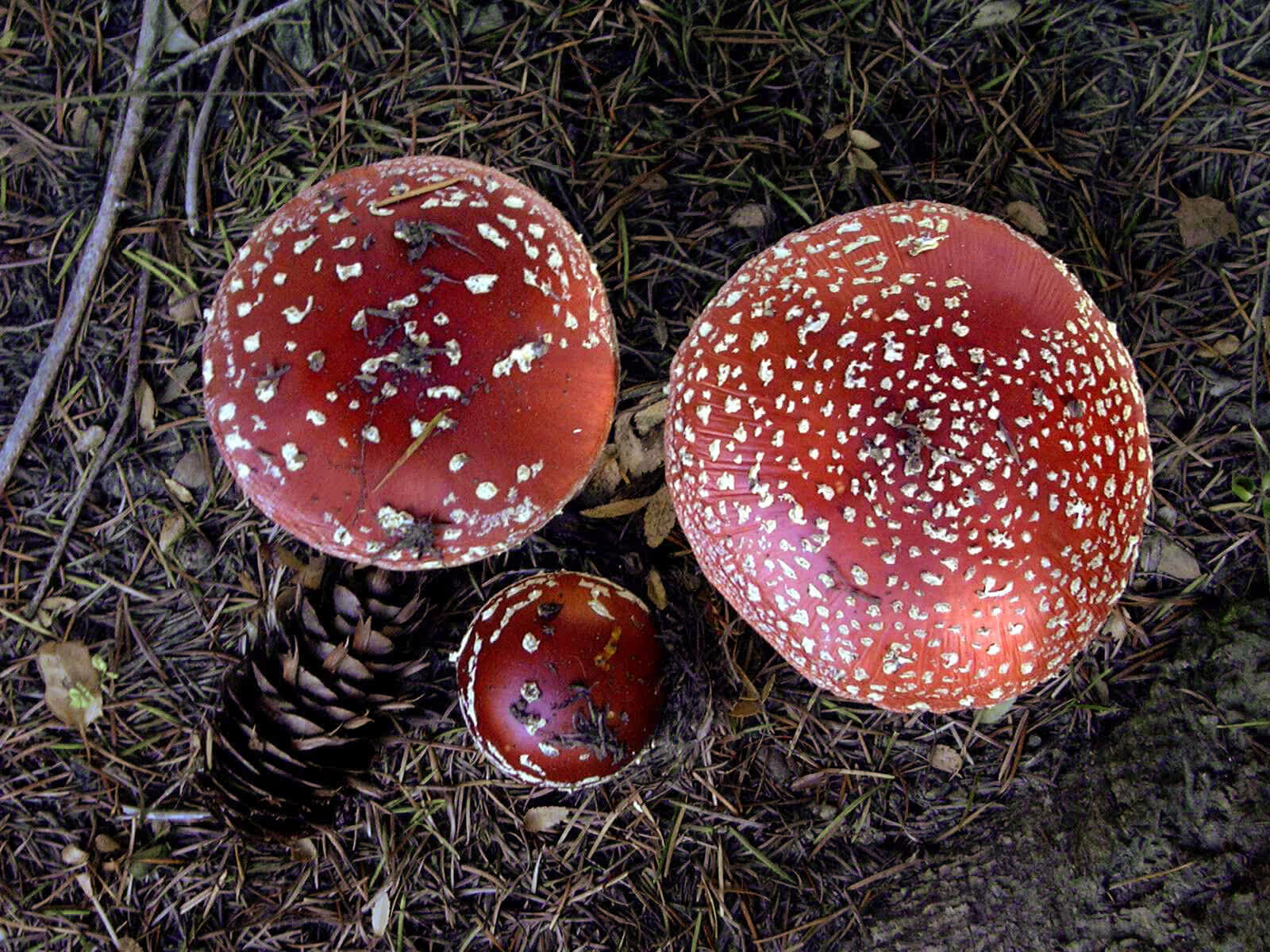Help us unveil and recognize ancestral uses of fungi. We have cataloged over 200 traditional uses and/or relationships with fungi in 45 different countries, creating a comprehensive global ethnomycological index that incorporates available public information, in order to protect this precious knowledge. We are now looking to learn what has been taught from one generation to another through oral history.
*Para ver esta página en español haz click aquí*
Do you have a story you want to share with us? Maybe your grandparents told you or showed you a specific use for a certain type of fungi? Do you know if they went foraging, or used them as medicine?
We’d love to learn about it. We invite you to complete this form, which has been created according to our Ethical Guidelines.
From medicine to food and spiritual ceremonies, fungi have played diverse roles in indigenous and traditional communities. Ethnomycology, which is the study of the sociological impact and historical uses of fungi by Peoples of different ethnicities, races, or nationalities, have shed light on the multiple ways in which fungi have been integrated into traditional practices, many times serving as a bridge between humans and nature.
Watch the short documentary “Fungal Elders” to learn more about the relationship between fungi and humans.
At the Fungi Foundation, we are striving to unveil and document those ancestral and traditional uses of fungi from diverse cultures across the globe. Through our Elders Program, we have cataloged over 200 mushroom uses in 45 different countries, creating a comprehensive ethnomycological global index based on publicly available information.
As we are losing cultures, languages, habitats and species, we are all simultaneously losing precious knowledge about fungal uses, and we believe that these ancestral relationships hold the key to a sustainable future.
Humanity has culturally co-evolved with fungi through time. For example, fungal conks such as Ganoderma australe and Fomes fomentarius have had a relationship with different cultures with much distance between each other. The Mapuche People in Southern Chile and hunters living 5,300 years ago in Europe utilized these conks to transport fire from one place to another.
The use of Reishi (known commonly as Ganoderma lucidum) in Traditional Chinese Medicine dates back to at least the 1st century A.D. while some puffballs (Calvatia sp.) which are found across different parts of the world were used as food, medicine and even tinder.

You’ve probably also heard about Amanita muscaria, a psychoactive mushroom widely used by shamans across the northern hemisphere for purposes such as communicating with spirits, increasing courage and inducing altered states of consciousness, and has also been used to make a fly-catching concoction by soaking the cap in water or milk.

To continue unveiling and protecting the uses of fungi around the world, we are now seeking to incorporate ancestral and traditional uses into our catalog that have been passed down through oral history from one generation to another.
We’d love to hear what you've learnt from your elders. Review thiform, which has been created according to our Ethical Guidelines.
References:

